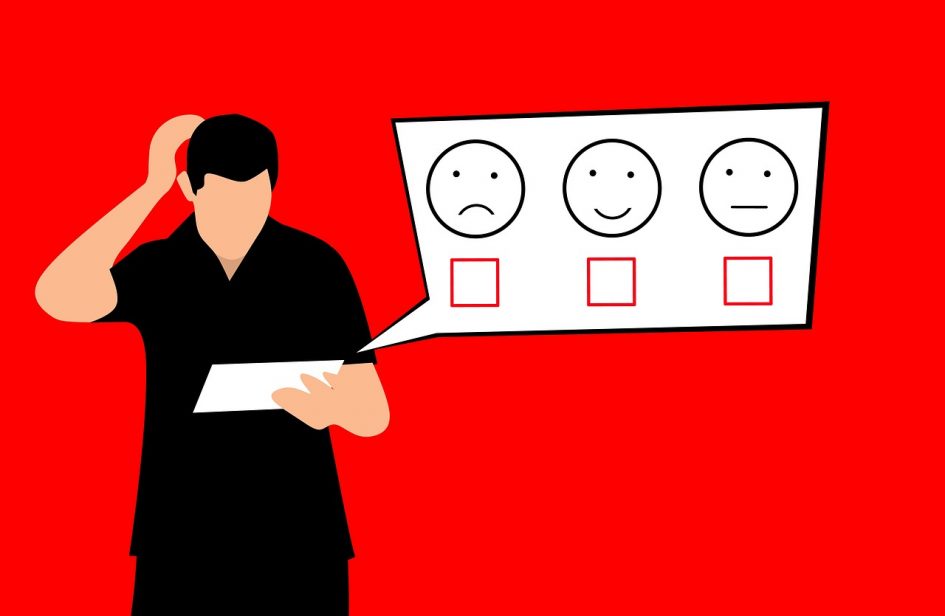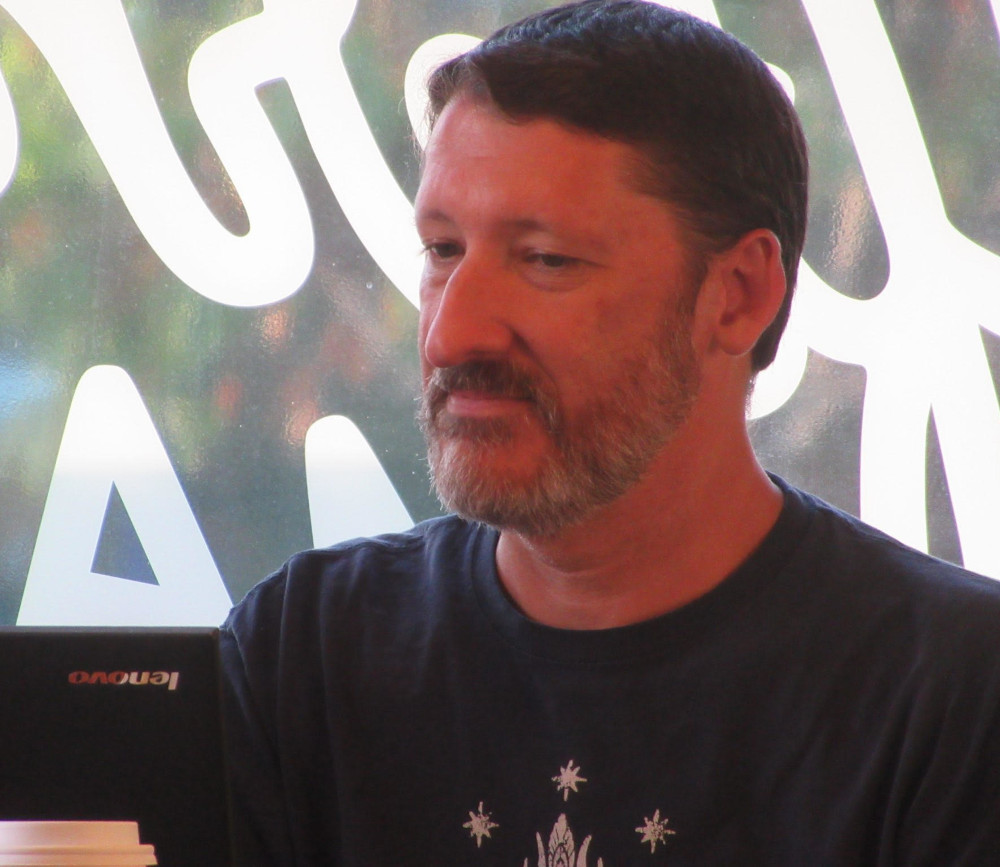Before I start talking about pages, posts and themes, I’d like to take a moment to address user experience. WordPress, like any other app, must present an interface to the user that’s understandable and actionable.
That’s right, I threw in one of those business terms. Don’t worry. You won’t have to play buzzword bingo with this post. I’ll explain everything in normal words (yes, I know a few of those).
Understandable
When users look at your website, it should be obvious what’s what. Don’t get too cute with links and buttons. There should be an obvious distinction:
Links take you to another page or website. Buttons perform an action like submit a form, change parts of the page or start another application.
If the cursor changes to a hand when users hover over an item, they understand that to mean it’s clickable.
Putting your navigation at the top or left side of the page follows normal trends and makes it easy for users to figure out how to get around. If your navigation is hidden inside a complicated picture of some sort or hidden on the right side until the mouse hovers over it, users have to experiment to find what they’re after.
Sticking to standard, expected behaviors helps your users know how to navigate your site. They’re not forced to focus on how to get around. Instead, your content takes center stage, which is really kind of the point.
Actionable
This is a business term that gets thrown around too frequently. But it’s appropriate in this case. (Hey, at least I didn’t throw “synergy” into the mix.) Users should know what to do when they visit your site. What actions they can take. Do you have a newsletter sign up? Links to blog posts? A contact form?
Your pages should be obvious. The link to your books should be called something obvious like “Books”, “My Books”, “Novels” or something similar. Not “Stuff I done writ” or “Wordscapes”.
Your about page should be called “About”, “About Me” or “About <your name>”. Not “Check out this cool chick” or “The Chrismeister’s Den”.
Your main menu items should be prominent, easy to find and obviously clickable. Your newsletter sign-up and contact forms should contain easily identifiable fields and controls. e.g. name, email and a button that makes it clear what it does.
Some Common Mistakes
Let me say up front that some people will disagree with me on some (or all) of the following points. I don’t want to step on anyone’s toes, so if someone has told you differently, my condolences. It’s not my fault they’re wrong. ;-)
The following is a list of things that should be avoided.
Too cute
Everything is quirky. Nothing is obvious. Buttons look like unicorns and links look exactly like the rest of the text or very similar. At the worst, users leave your site out of frustration and/or confusion. Or maybe they stick around, but fail to notice the cool things you have to offer. Because you’ve made everything so cute they had no idea what to do.
There’s nothing wrong with cute, but it should never result in a lack of clarity for the user.
Disappearing controls
Some sites like to hide controls until the user mouses over them. They usually spout off about it being “clean” and “unobtrusive”. This is a bad practice that results in users having no idea what to do on your site. You’ve hidden all of the controls until they mouse over something. It’s not understandable or obviously actionable.
It may be “clean” and “unobtrusive”, but it’s a terribly frustrating and it’s a horrible user experience. (Nevermind the fact that WordPress makes heavy use of this technique in the admin section and the new block editor. It’s still wrong.)
Available actions should be obvious, identifiable and easily accessible. Resist the temptation to go with new and cool if it does something like this. Many of the new trends spring from a desperation to do something new, not a decision that the trend is actually more usable.
The pop-up modal
Sales people will advocate the use of pop-up newsletter sign-ups. From a user’s perspective, this says “Please subscribe to my newsletter! Please! Please! I’ll give you free stuff you don’t care about!”
Why does anyone use this technique? Because someone told them it will “provide value” and “drive sales”. Because it preys on the guilt response some users experience when presented with a pop-up. It doesn’t drive sales like they say. It results in subscribers to your list who don’t actually want to be there.
Unless you’re giving away free iPads to everyone that signs up, this is a bad idea. Why? Answer this question: Why would you sign up for a newsletter for a site you know nothing about?
This is the annoying used car salesman who’s in your face before you can do a quick look around and see if there’s anything on the lot you might want.
Give your users a chance to get to know you first. Let them look around. And to reiterate a previous point, make the newsletter sign-up easy to find without getting in the user’s way. Covering up your site’s content with a newsletter sign-up while a visitor trying to read what you’re about is bad user experience.
No! Don’t go! I’m too needy!
You know those pop-ups that activate when your mouse starts to leave the window? They’re also a terrible practice. Using them makes you look desperate. And a bit predatory and … well … creepy.
This is the sleazy car salesman that follows you to your car and continues talking even after you’ve made it clear you’re not interested, and you have to run over his foot to leave the lot.
Don’t be that person. Let your users leave in peace. Don’t make your last impression annoying. Provide a good user experience and let them remember that.
Conclusion
That’s right. This is the conclusion. I have nothing further to add. Just wanted to make things clear and obvious.

